In February 2020, I posted about a value-based agreement (VBA) for Alnylam Pharmaceuticals RNAi treatment for acute hepatic porphyria, a group of rare genetic diseases due to one or more deficiencies in the heme biosynthesis pathway in the liver. [1] I re-shared the post recently, and a colleague asked me, “Has anyone looked back to see if they’ve had the intended impact?” The short answer is yes, but the evidence is slim. In this article, we’ll look at the definition and structure of VBAs, their potential, the evidence they are effective, and what policy changes would help adoption.

What are Value-Based Agreements?
Elizabeth Griffiths and colleagues state, “A VBA is an agreement between a manufacturer and a government/payer to reimburse a medicine under certain conditions. A VBA can be categorized broadly as a financial-based agreement (FBA), an outcome-based agreement (OBA), or a service-based agreement (SBA).” [2] We’ll focus on OBAs in this article, where “the price of the medicine is determined by how well it performs. If a treatment works as intended, the patient and healthcare system benefit, and therefore the agreed price is paid. If a treatment falls short of expected, payers pay less or not at all.” [2]

An alternate term for VBAs, especially in Europe, is Managed Entry Agreements (MEAs). Wenzel and Chapman, in a review for the OECD, found MEAs in use in two-thirds of OCED and EU countries. [3] They also found MEAs for non-pharmaceutical technologies like medical devices and diagnostic or surgical procedures. [4] Unfortunately, many of these agreements were only financial, intended to manage the budget impact, with less than 10 product/indication pairs using performance-based agreements in 10 of 14 countries. [5]

How do outcomes-based Value-Based Agreements work?
VBAs are a contractual framework established for a defined duration, during which the effectiveness of a medical product is assessed based on clinical records encompassing visits and tests. Meeting preselected assessment criteria triggers financial incentives for the payer or manufacturer, including rebates or price changes over time. Alignment of incentives between payers and manufacturer is important to avoid conflicts and potential negative effects. [6] A high-quality VBA’s outcome criteria are credible, meaningful, practical, transferable, legal, and compliant. Durgesh Bhandary and his colleagues’ case study on ticagrelor offers valuable insights into the challenges associated with designing and implementing VBAs [7]. Additionally, while VBAs are useful as data-driven guarantees of improved health outcomes or health-related quality of life, they are unlikely to replace economic simulations like budget impact analyses or cost-utility modeling. Instead, VBAs complement these simulations by contributing to a balanced approach in evaluating the cost-effectiveness of advanced therapies within the healthcare landscape. [7]

How are Value-Based Agreements valuable?
The need for VBAs becomes increasingly apparent in the current era of escalating healthcare costs. As budgets struggle to accommodate expanding care options, medications can curtail expenses by mitigating symptoms that might otherwise necessitate costly in-patient care or other expensive services. However, the challenge lies in Health Care Providers (HCPs) needing to be more attuned to novel treatment options. Established therapies, often cheaper and more familiar, dominate the market, and medications employing innovative mechanisms face skepticism. VBAs emerge as a strategic tool, fostering the integration of new medicines into the care delivery systems of HCPs. By simplifying the process and enhancing the consideration of these treatments, VBAs contribute to a healthcare environment where facilitating HCPs in helping their patients becomes a paramount objective. Patient-HCP engagement increases, potentially leading to better quality care.
Highly selective therapies, particularly those involving one or a few doses, face challenges in recovering development costs without a higher price per treatment. This economic hurdle is exacerbated in the case of rare diseases, where small patient populations make cost recovery even more daunting. Payers grapple with balancing treatment expenses and limited evidence demonstrating that the investment will yield measurable health outcomes and subsequent cost reductions. By enabling the sharing of risk between manufacturers and payers, VBAs provide a mechanism to address the economic challenges associated with developing and pricing medications in specialized therapeutic areas.
Moreover, VBAs catalyze advancing transparency and accountability in the pharmaceutical landscape. VBAs foster a more patient-centric and evidence-driven approach to drug development and reimbursement by necessitating a demonstration of value through tangible health outcomes. This shift aligns with the broader healthcare goal of delivering value-driven care that improves patient outcomes and ensures the sustainability of healthcare systems grappling with financial constraints.

What’s the evidence pharmaceutical VBAs work?
There are relatively few published case studies that demonstrate how some VBAs have delivered value for patients, payers, and innovators. Bandary, et al. [7] showed how criteria were developed from the pivotal clinical trial for the antiplatelet therapy ticagrelor in acute coronary syndrome and used in a VBA between manufacturer AstraZeneca and 5 health plans in the US. Their analysis showed ticagrelor outperformed the standard of care such that no outcomes-based rebates were required for the 11 years of the analysis.

Griffiths, et al. [2] reviewed two examples of VBAs for two therapies on a regional level. One for dapagliflozin, for the treatment of type 2 diabetes in the UK, was delayed by the COVID-19 pandemic and not applied in practice. However, the agreement was well received and is considered a pilot for future agreements. The other, for gefitinib in nonsmall-cell lung cancer in Catalonia, Spain, confirmed the observed clinical trial efficacy rates in a wider population and led to a savings of ~880 Euros per patient. The Catalonian VBA informed standardized guidelines for VBAs which have since been used on other agreements.
In addition to these case studies, Ali Onder and colleagues found in 2020 that US payer SMEs believed VBAs provided tangible and intangible benefits beyond simple realignment of drug prices. [8] However, the available evidence, while encouraging, is still limited and in many cases mixed. [9]

What should we do to encourage more VBAs?
Key enablers of VBAs include stakeholder buy-in, agreement on value assessment, trackable usage and outcomes, contract/billing infrastructure to enable calculation and processing of payments or rebates, and legal/regulatory policies supporting novel contracting and appropriate data capture/use. [2] In the US, legislation like the “Employee Retirement Income Security Act (ERISA) and the Affordable Care Act (ACA) introduced the concept of quality and payment based on outcomes.” [10] Additional legislation should be based on data and observations from real-world case studies like the ones reviewed for this article. The US healthcare system’s fragmented state complicates care measurements; therefore, recognizing international standards for these measurements levels the playing field for model evaluation. Public-private consortia, led by an internationally recognized health economics partner like the ISPOR, could assist in VBA model benchmarking, development, validation, and acceptance. This organization already publishes numerous best practices and standard reports and is an excellent resource for anyone interested in the field. [11] Companies developing new therapies should incorporate outcomes-based objectives and modeling early in their development process to enable cost/benefit assessments and drive evaluation of outcome measures during clinical evaluations.

Conclusion
In summary, pharmaceutical outcome-based VBAs are a potentially valuable strategy in today’s healthcare landscape. They can play a vital role in incorporating innovative treatments, addressing economic challenges related to specialized therapies, and fostering transparency and accountability in drug development. While the evidence underscores potential benefits for patients, payers, and innovators, there remains an ongoing need for research and real-world case studies to establish a strong foundation for widespread VBA adoption. Encouraging their general use requires collaborative efforts from stakeholders, including setting international standards for outcome measurements and utilizing organizations like ISPOR for benchmarking, validation, and acceptance of VBA models. Legislative support, informed by data and real-world experiences, is essential to propel the evolution of VBAs, positioning them as a fundamental element in pursuing globally sustainable and value-driven healthcare systems.

References
[1] https://krogersconsulting.com/uncategorized/do-value-based-agreements-ensure-patient-access-to-new-medicines/, accessed December 8, 2023.
[2] Griffiths, E. A., Odelade, O. E., Gostkorzewicz, J., & Cordero, L. (2023). Demonstrating proof of concept for value-based agreements in Europe: two real-world cases. International journal of technology assessment in health care, 39(1), e30-e30. doi:10.1017/S0266462323000260
[3] Wenzl, M., & Chapman, S. (2019). Performance-based managed entry agreements for new medicines in OECD countries and EU member states, page 17. doi:doi:https://doi.org/10.1787/6e5e4c0f-en
[4] Ibid., p. 19.
[5] Ibid, p. 25.
[6] Kannarkat, J. T., Good, C. B., Kelly, E., & Parekh, N. (2020). Examining Misaligned Incentives for Payers and Manufacturers in Value-Based Pharmaceutical Contracts. Journal of managed care & specialty pharmacy, 26(1), 63-66. doi:10.18553/jmcp.2020.26.1.63
[7] Bhandary, D., Atreja, N., Belletti, D. A., Bhalla, N., Khan, N. D., & Cobden, D. S. (2020). Translating clinical evidence into value-based payment models: pooled analyses of innovative real-world outcomes agreements for ticagrelor in the United States. The American journal of managed care, 26(13 Suppl), S275-S286. doi:10.37765/AJMC.2020.88519
[7] Ali, O., Meads, A., & Merryfield, N. (2021). PDG22 Do Value-Based Agreements for Pharmaceuticals Provide Additional Economic Benefit to the US Health System? Value in health, 24, S91-S91. doi:10.1016/j.jval.2021.04.470
[9] Wenzl, M., & Chapman, S., p. 36.
[10] Abicalaffe, C., & Schafer, J. (2020). Opportunities and Challenges of Value-Based Health Care: How Brazil Can Learn from US Experience. Journal of managed care & specialty pharmacy, 26(9), 1172-1175. doi:10.18553/jmcp.2020.26.9.1172
[11] https://www.ispor.org/home, accessed December 8, 2023.
Do you want to read more articles by Katrina? Subscribe to her Newsletter “Thinking Kat.”
Note: I used OpenAI’s ChatGPT (December 11 Version) to generate some of the categories and refine the content blocks for this article.
